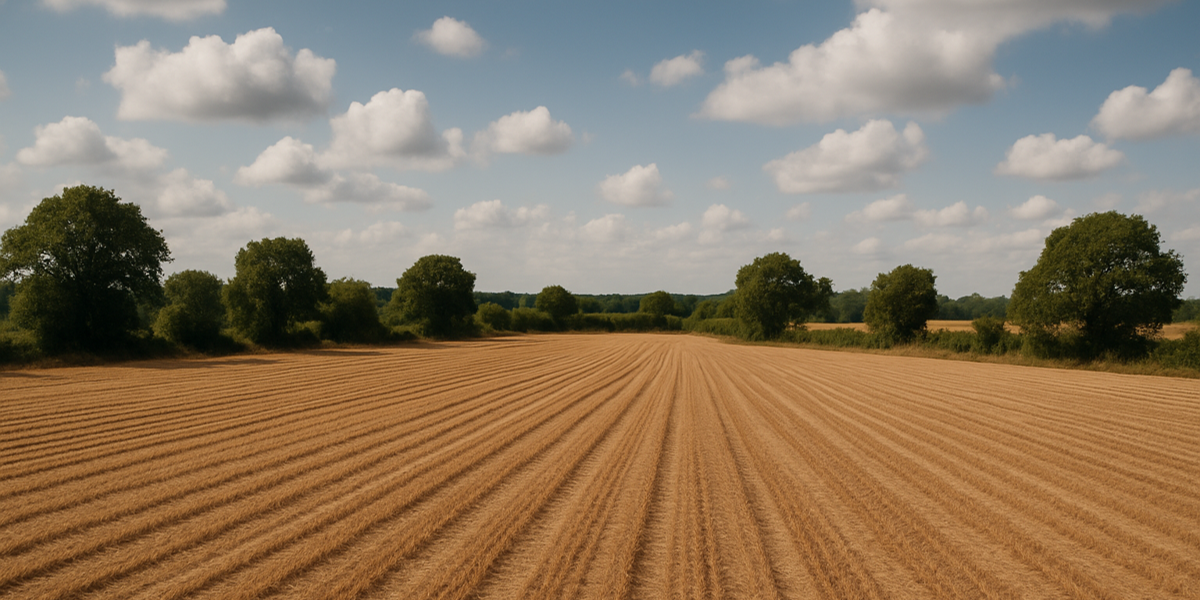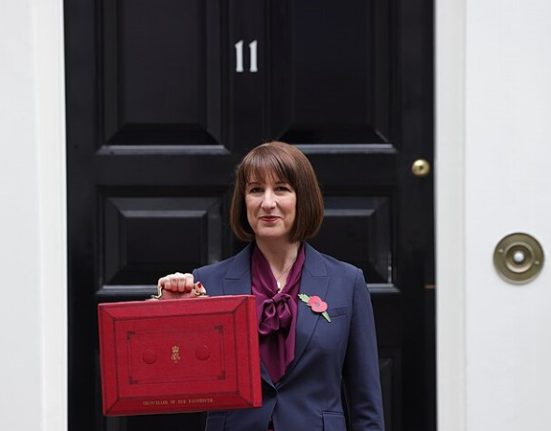Hot spring disrupts harvests – and drives up prices
Food inflation in the UK surged to 3.7% in June – the highest level in over a year – as unusually dry weather battered domestic harvests and pushed up prices for fruit, vegetables and meat, according to the British Retail Consortium (BRC).
The increase, up from 2.8% in May, marks the steepest rise since March 2024 and raises fresh concerns about the resilience of the UK’s food supply chain in the face of climate volatility and rising global costs.
Dry spring spells trouble for crops
The Met Office reported that this spring was the warmest and sunniest on record for the UK. While early heat boosted yields for some produce like strawberries and tomatoes, the lack of rainfall stressed major arable crops such as wheat and barley.
“From a UK point of view, we’ve had huge pressure on outdoor production,” said Nigel Jenney, chief executive of the Fresh Produce Consortium.
The UK imports 65% of its fresh produce, meaning domestic shortfalls quickly translate to increased reliance on international suppliers – many of whom are also grappling with extreme weather.
The global food picture is no better. The UN Food and Agriculture Organization (FAO) recorded a 6% annual rise in food prices in May, driven by sharp increases in dairy and vegetable oil. These pressures are feeding into UK retail prices.
Meat and ambient food also hit
Beyond fresh fruit and vegetables, meat prices have climbed due to higher wholesale costs and more expensive labour. Processed or “ambient” food – items that can be stored at room temperature – also saw a notable increase, rising at an annual rate of 4.3% in June, compared to 3.3% in May.
Fresh food prices were up 3.2%, highlighting how even staples are becoming more expensive for households.
Helen Dickinson, BRC chief executive, warned that food price rises are being compounded by domestic economic pressures.
“Retailers face a range of cost pressures,” she said, “from higher national insurance contributions and living wage requirements, to increased costs driven by climate change and geopolitical instability.”
Implications for inflation and interest rates
The rise in food prices helped push overall shop price inflation back into positive territory, rising by 0.4% in June after a 0.1% decline in May. Non-food prices continued to fall, but more slowly, at an annual rate of 1.2%.
The Bank of England is closely watching inflation trends, particularly in food and energy, which heavily influence consumer expectations. Persistent food inflation may slow the pace of interest rate cuts – currently priced at two reductions of 0.25 percentage points by the end of the year.
While overall wage growth still outpaces inflation, continued increases in food prices risk undermining consumer confidence, especially as other household costs remain elevated.
Looking ahead: climate and cost-of-living pressures
The data underscores how climate change is increasingly linked to day-to-day economic realities. If the UK continues to experience hotter, drier springs and summers, further pressure on harvests – and on food prices – seems likely.
As harvest forecasts remain uncertain and geopolitical risks persist, consumers may need to brace for a period of persistent food price volatility, with the next official inflation update due on July 16.



